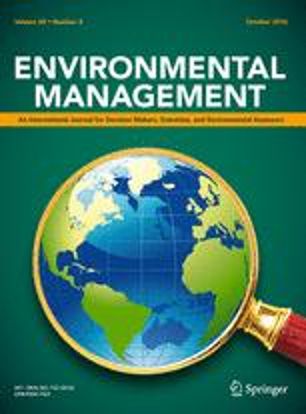Criteria and indicators (C&I) have been worldwide accepted as a way to conceptualize and measure sustainability of forest management. Various C&I sets or standards were formulated by different organizations and processes such as ITTO, CIFOR, FSC, ATO and Montréal Process. These standards, particularly in the production aspect, underline the sustained forest yield principle and the importance of using permanent sample plot data to regulate forest yield. This principle can only be achieved when the forest yield is regulated according to its dynamics and growth which is unique for each site and unlikely to be completely known. As a result, no single yield regulation can be implemented across areas and dynamic complex interaction between forest and people. Any yield regulation practice has to be considered as a hypothesis. This hypothesis then is to be tested in the real world and to be learned for better practice in the future. This is what we call 'adaptive yield regulation'. Some simulation studies proved that this adaptive yield regulation concept meet up with the need for yield regulation schemes for small-scale forest management. In the broader sense the concept and practice of adaptive yield regulation is enfolded in adaptive management, which considers continuous and conscious learning as the only way to manage the complex forests.
Publication year
2006
Authors
Purnomo, H.; Rusolono, T.; Muhdin; Tiryana, T.; Suhendang, E.
Language
English
Keywords
forests, sustainability, criteria and indicators, selection criteria, growth, yield regulation, adaptation, forest management, conferences, environmental assessment























